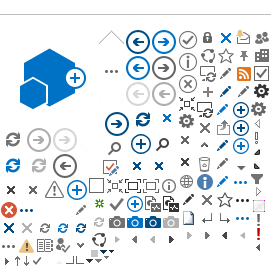A trip to the Emergency Department may be one filled with uncertainty. Our team recognises this and tries its best to make the visit as comfortable as possible for our patients and their loved ones.
NTFGH's Emergency Department is staffed with 24-hour specialist coverage to oversee and manage acute emergencies, providing patients with treatment at the specialist level. Our team of Emergency Medicine specialists, nurses and Patient Service Associates is experienced and well-equipped to provide one-stop care to anyone seeking emergency medical help.
Patients suffering from asthma and chronic obstructive pulmonary disease (COPD) are given the option of non-invasive ventilation. Our Emergency Department is one of the few in Singapore that offers this service.
We have fostered a close collaboration with the National University Health System (NUHS). The latter supports our Emergency Department in the management of time-sensitive emergencies, including stroke and acute myocardial infarction i.e. heart attack. By pooling our expertise and resources, we are able to save precious time and ensure continuity of care.
Our Emergency Department is also one of the few in Singapore that offers an Extended Diagnostic Treatment Unit (EDTU) manned by emergency specialists. This 24-hour short-stay ward provides transitional care for patients who are no longer in a critical condition but still require extended observation.
The Emergency Department in NTFGH is designed around patients’ needs to reduce waiting time through a more efficient workflow. Elder-friendly features also help improve comfort and reduce anxiety. Additionally, it is pandemic-prepared, mass-casualty and decontamination-ready.
What is an Emergency?
An emergency is a situation that is unforseen but requires immediate care. At our Emergency Department, we attend to a wide variety of conditions and ensure excellent care for all patients. To achieve this, we need to prioritise cases to administer emergency care based on the severity of the medical conditions.
In all emergency departments, assessment and prioritisation of patients are performed by a triage nurse, who will enquire about the patient's condition and assess the vital signs, before assigning a Patient Acuity Category (PAC) Scale, as follows:
PAC 1
PAC 1 are serious cases such as acute myocardial infarction, cardiac arrest or major trauma that require immediate medical attention. PAC1 patients are either in a state of cardiovascular collapse or in imminent danger of collapse. In such cases, a life is at stake and every minute counts.
PAC 2
Patients are unable to move on their own and in various forms of severe distress. They appear to be in a stable state upon initial cardiovascular examination and are not in danger of imminent collapse. However, they still require early attention due to the severity of their symptoms, failing which early deterioration of the medical condition may occur. Examples of such medical conditions are stroke, long bone fractures and asthma.
PAC 3
Patients with PAC 3 status show acute symptoms but are still able to move on their own. Their symptoms are mild to moderate and acute treatment will result in the resolution of symptoms over time. Conditions in this category include bleeding cuts, mild to moderate injuries and high fever.
PAC 4
PAC 4 are non-emergency cases that do not require immediate medical attention. There is no present threat to their lives and their symptoms can be managed in a primary health care setting such as a general practitioner or polyclinic. PAC 4 examples include chronic lower back pain, high cholesterol, acne, etc.
Our patient journey for walk-in patients is as follows:

